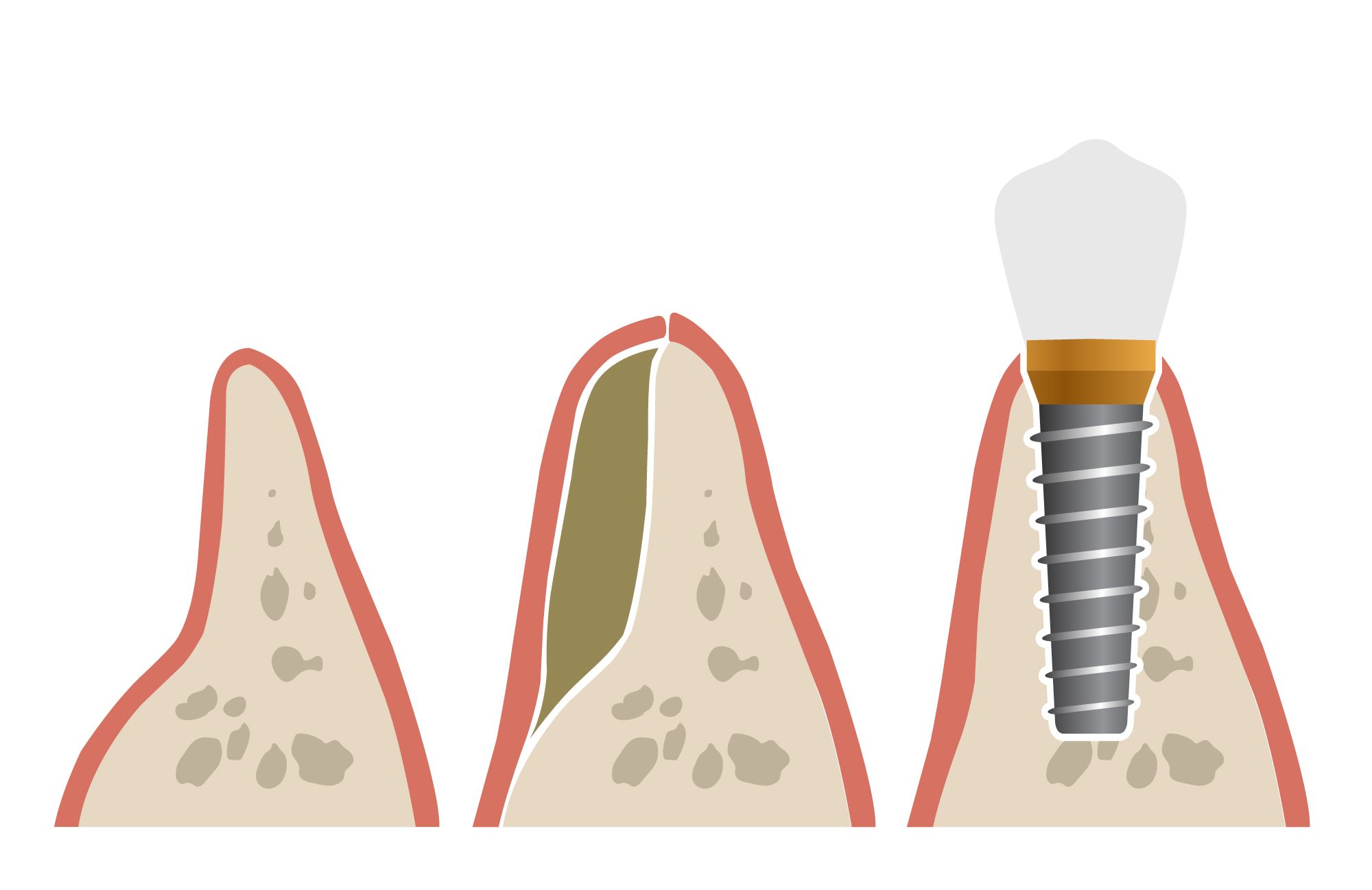Restore Your Jawbone with Bone Grafting
When left untreated, missing teeth cause the tissue in your jaw to recede, affecting the stability of other teeth and compromising your candidacy for dental implants. Fortunately, many patients can restore their candidacy for implants with a dental bone graft. At Czaplicki Family Dentistry in Milwaukee, WI, we can coordinate with a skilled oral surgeon to rebuild your jawbone using healthy bone tissue. Once you have healed from your bone graft, Dr. Don Czaplicki and Dr. Cathleen Czaplicki can place and restore your implants for a stronger, healthier smile.
Why Are Bone Grafts Used?
There are several reasons why your dentist may recommend a dental bone graft. A grafting procedure can:
- Stabilize remaining teeth: Both gum disease and missing teeth can cause bone loss in the jaw. When enough tissue deteriorates, teeth can migrate, become loose, and eventually fall out. Rebuilding the jaw with a bone graft can support remaining teeth and keep them in place.
- Maintain the jaw after an extraction: When a tooth is extracted, the space left behind can cause other teeth to shift. Placing a socket preservation graft after tooth removal can preserve the space until a restoration can be placed.
- Provide a solid base for implants: Dental implants rely on surrounding bone tissue for support. For patients without enough bone remaining, a graft can restore implant candidacy.
Determining Your Candidacy
At Czaplicki Family Dentistry, we have a range of state-of-the-art technology that allows us to assess your jaw and determine if a bone graft is necessary. During your initial implant appointment, we can take digital x-rays and scans of your jaw. Based on this information, your dentist may refer you to an oral surgeon for the grafting procedure.

Common Grafting Procedures
There is a variety of dental bone grafts available that provide different benefits. The right type of graft for you will depend on the extent and location of the tissue loss, as well as a few other factors.
Socket Graft
This type of procedure is typically used after a tooth extraction to maintain the proper spacing of your teeth until the placement of a restoration. Also known as a ridge preservation, this type of graft requires a three- to six-month healing period.
Block Bone Graft
Also known as an autogenous ramus/chin graft, this procedure can restore large quantities of missing bone. Typically, the surgeon will harvest a small block of bone from the chin and then graft it into the area of tissue deficiency. Most patients need at least four months to heal after this type of graft.
We have a range of state-of-the-art technology that allows us to assess your jaw and determine if a bone graft is necessary.
Sinus Lift
We generally recommend this type of graft when the sinus cavity could be disturbed by implant placement. Also known as a subantral graft, this procedure involves lifting the floor of the sinus cavity and filling the resulting space with grafting material. Due to the delicate nature of this graft, patients usually require a longer healing time lasting about six to nine months.
Strengthen Your Jaw
Tissue loss in your jaw can threaten the health and stability of your entire smile. Whether you need to create a strong base for dental implants or need to restore lost tissue to make a denture fit more comfortably, a bone graft may be right for you. Learn more by contacting our office online or calling (414) 427-9090 today.



